Lemon juice
Grab your handy dandy flea comb, fill a bowl with lemon juice, then dip the flea comb in the lemon juice before each pass through your pet’s fur.
The acidity in lemon juice works as a natural repellent for fleas.
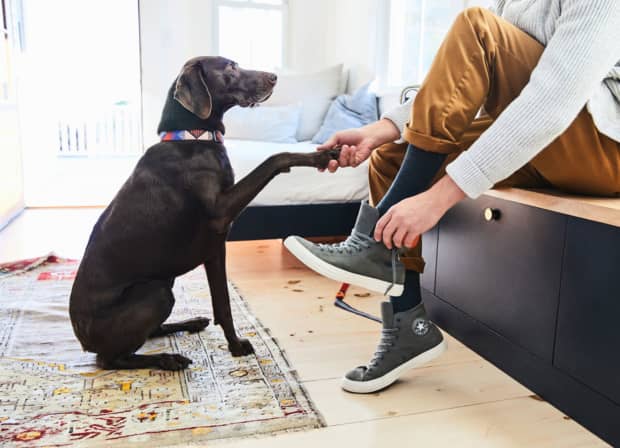
Last Updated: July 16, 2021
Are you worried your four-legged friend has a nasty case of fleas? Ditch the harsh chemicals with our tips on the best natural flea prevention for your pets.
For better or for worse, we’re all familiar with fleas. Every year when the warmer months roll around, these dreaded little blood suckers jump their way into our lives, forcing us to turn to toxic remedies to keep our animals safe and to keep the itching at bay.
Ditch the harsh chemicals with our tips below on the best natural flea prevention for your pets.
GROVE HISTORY LESSON
Rats get all the glory for spreading the bubonic plague, but it was actually infected fleas who transmitted the plague bacteria from human to human.
Fleas are tiny, blood-sucking insects about the size of a fingernail, with reddish-brown coloring and bodies made for jumping. That’s right—contrary to popular belief, fleas don’t actually fly.
They're wingless parasites with long back legs that allow them to jump up to 80 times their height and 200 times their body length.
After fleas glut themselves on the blood of the nearest warm-blooded creature, the proteins in their saliva causes an immune response that results in itching and irritation, similar to that of a mosquito bite.
Cat fleas are the most common type of flea, but don’t be fooled by the name—these six-legged hematophages are just as likely to feed off of your dog as they are off of Fluffy.
Check out this video to get up close and personal with every pet owner's worst enemy.
Even if your animal lives indoors or your dog is the only one using your backyard, there are still a ton of ways your pets can pick up fleas.
Squirrels, rabbits, and birds are all capable of carrying and transmitting fleas to your pet, even if your animal is only outside for a few minutes.
Fleas are ruthless opportunists who will hitchhike into your home on you or a visiting friend and then dismount onto your pet to feed and lay eggs.
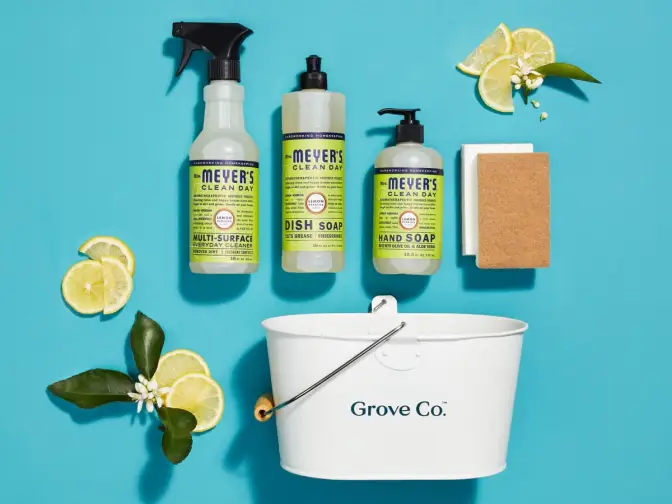
Wondering who Grove is, what types of products we offer, and how to get a free gift set when you sign up? Learn more about flexible monthly shipments, customizing your shipment, and joining millions of happy households — no monthly fees or commitments required.
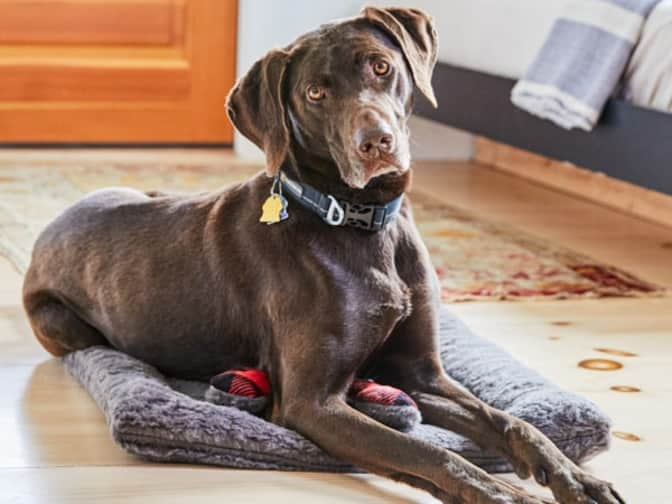
Worried your four-legged friend has a case of fleas?
Keep your eyes peeled for these symptoms and watch the video below for tips on how to properly check your pet for a flea infestation.
Say sayonara to the toxic chemicals in commercial flea treatments and try these remedies to leave your pet naturally flea-free.
Grab your handy dandy flea comb, fill a bowl with lemon juice, then dip the flea comb in the lemon juice before each pass through your pet’s fur.
The acidity in lemon juice works as a natural repellent for fleas.
Fleas hate the smell and taste of ACV, which makes it a great choice for natural flea prevention. Mix equal amounts of water with apple cider vinegar and add it to a spray bottle.
Spray your pet’s undercoat and belly, but make sure to protect their eyes from any wayward droplets!
Citronella, tea tree, peppermint, eucalyptus, and neem are all great essential oils for getting rid of fleas.
Add 10 to 20 drops to a spray bottle filled with water and spray on your pet’s coat, taking care to avoid their eyes.
Natural flea shampoo is a safe and effective alternative for getting rid of pesky fleas.
Simply bathe your furry friend with flea shampoo and let the suds do the rest for easy peasy flea prevention that’ll soothe your pet’s bites and leave their fur soft and clean.
Fleas enjoy warm environments, and your bed, carpet, and couch cushions are the ideal place for them to fornicate and spread.
Try these natural remedies to banish fleas from your home.
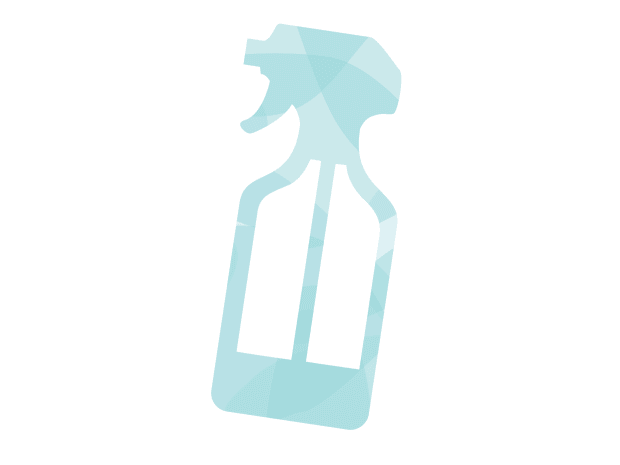
Thinly slice a lemon and add it to a pint of water in a saucepan. Bring the water to a boil then let it sit overnight.
The next day, add it to a spray bottle and spray your furniture to get rid of any fleas your cushions are secretly harboring. Don’t soak your furniture—just dampen it.

Diatomaceous earth absorbs water and oils from the fleas’ exoskeletons, essentially dehydrating them to death.
Sprinkle a thin layer of this fine powder over any areas where you suspect there’s a flea infestation. Leave the diatomaceous earth for two days and then simply vacuum it up.
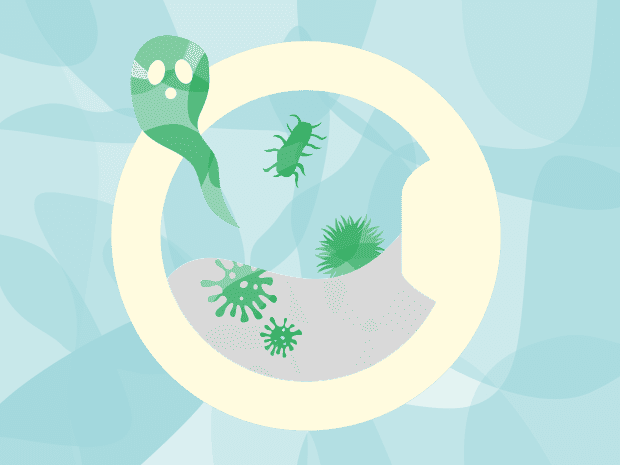
Fleas can’t survive in extreme heat, so wash all your sheets, throw blankets, and dog or cat beds in hot water.
Check out our ultimate laundry guide for tips and tricks on how to green-up your laundry routine and get your sheets cleaner than they’ve ever been.
Fortunately for us, fleas prefer the safe and warm cover of your pets’ fur over yours (try not to be offended).
But if you’re handling a pet that has fleas, watch out—they might not want to make your head their new home, but they will bite you.
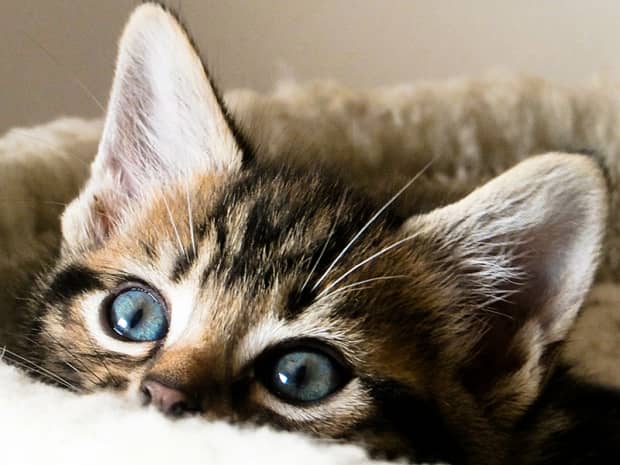
We've pulled the top 30 pet products as determined by Grove members.
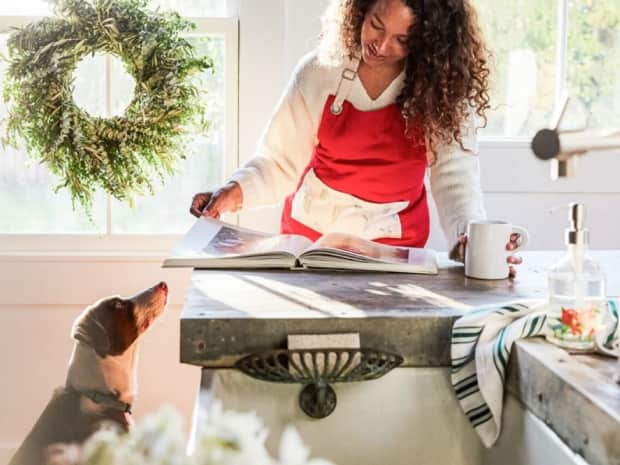
Treat your furry friend to the best treats, free of by-products, toxic preservatives, and other dangerous ingredients.

Try out our top 6 pet shampoos, chosen by Grove members. Select from any on the list and get them delivered to your door!

We’ve got all the tips you need to effectively get dog poop out of your carpet.